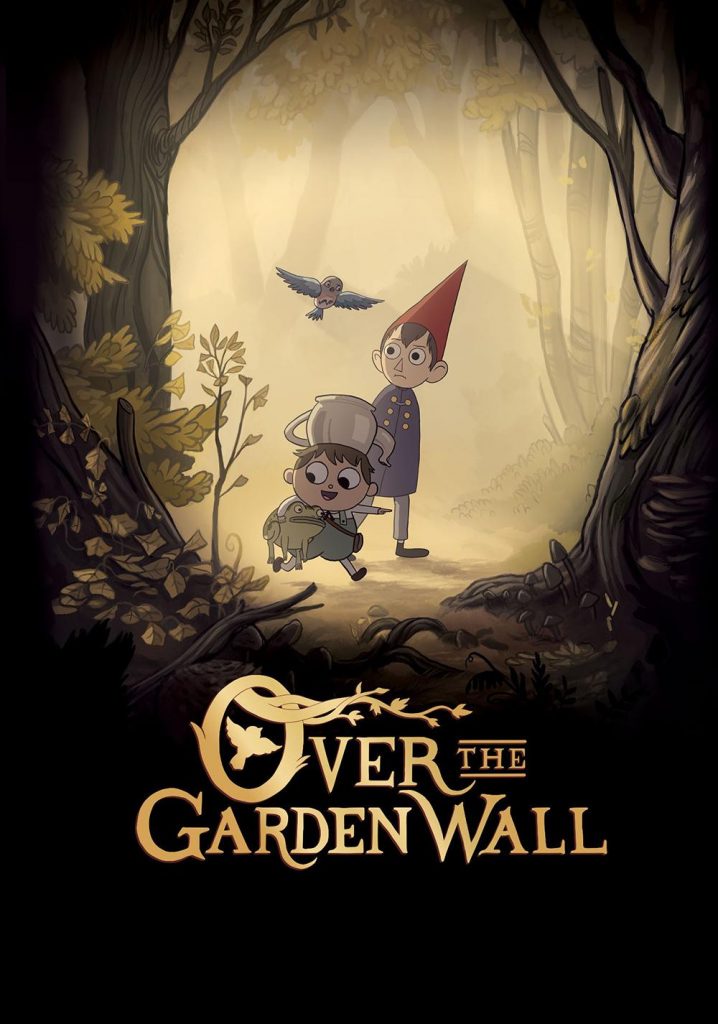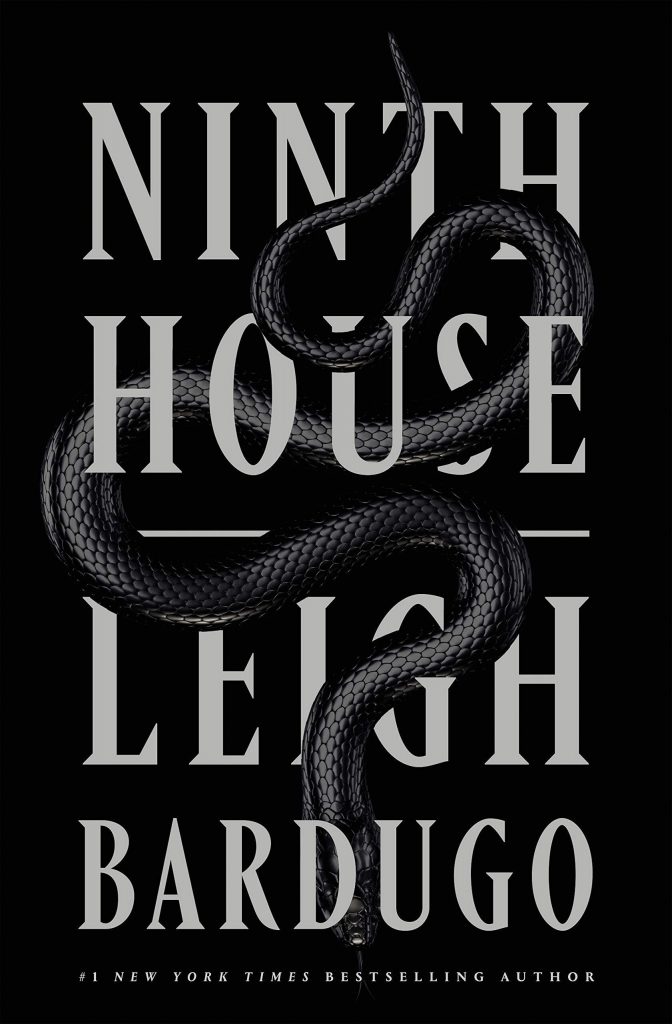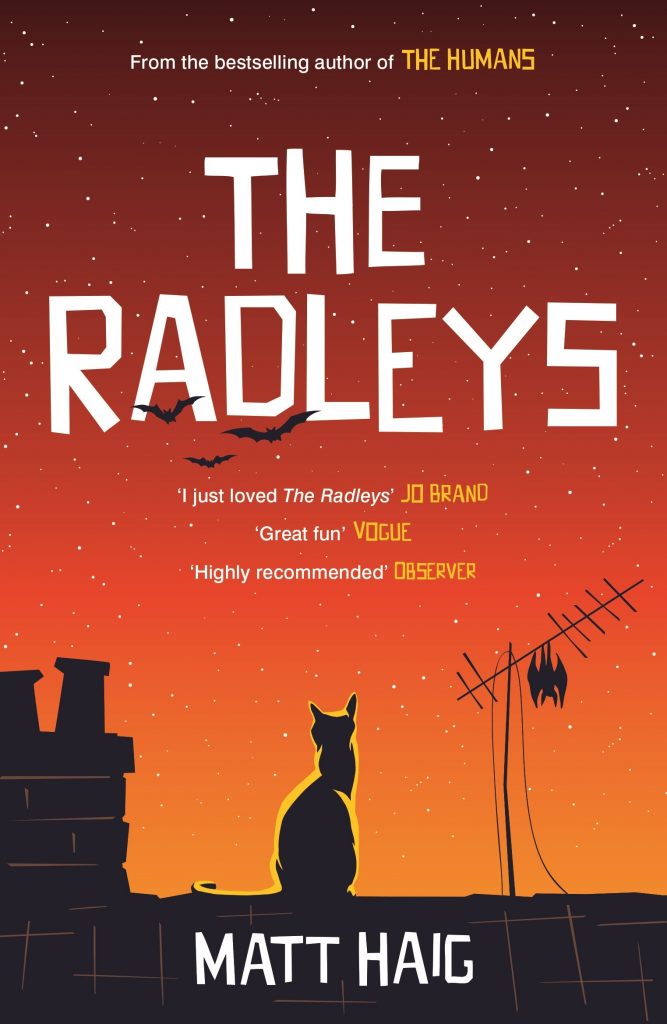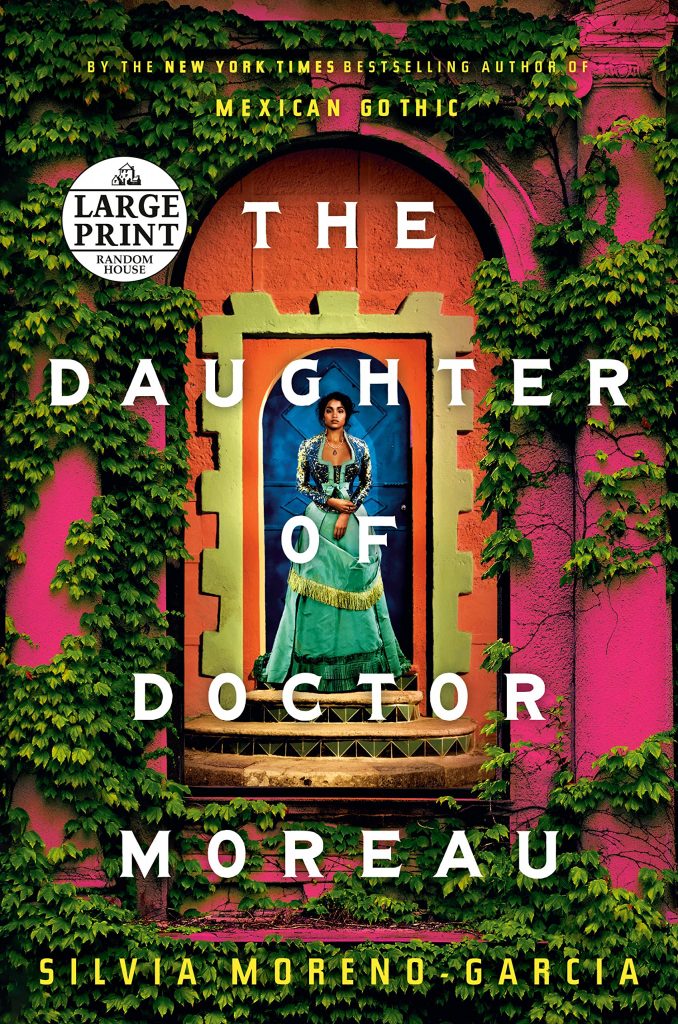Over The Garden Wall
Par Magdalena Nitchi

Over the Garden Wall (ci-après OTGW) est une série courte animée parfaite pour l’automne. L’action suit les frères Wirt et Greg, qui tentent de trouver leur chemin dans l’Inconnu, une forêt étrange et intemporelle. Les instructions d’un vieux bûcheron et d’un oiseau bleu maudit nommé Béatrice suffiront-elles à ramener les garçons à la maison, ou resteront-ils coincés dans ce monde pour toujours?
Au cours de leur chemin, ils vivront une série d’aventures charmantes, notamment la rencontre d’un village rempli de personnes-citrouilles, de grenouilles chantantes et un vieil homme excentrique, qui croit que sa maison est hantée par un fantôme. Les animateurs ont pris leur temps pour créer une émission qui capture parfaitement ce temps de l’année, quand les feuilles commencent à tomber.
J’ai aussi apprécié les éléments d’horreur dans OTGW. Une bête hante les bois et le bûcheron avertit Wirt et Greg qu’elle est à la recherche de voyageurs perdus. De plus, plusieurs sorcières et esprits maléfiques sont présentes dans l’Inconnu, et il n’est pas toujours évident à qui les garçons pourraient faire confiance et qui veut les manger. L’émission capture les éléments effrayants des vieux contes de fées, ainsi que des vieux dessins animés, ce qui ajoute au sentiment d’Halloween qui l’infuse.
La bande sonore est également captivante. Pour moi, ce n’est pas vraiment l’automne jusqu’à ce que j’écoute la chanson thème de la série, « Into the Unknown ». Le mélange de ragtime et de musique classique est séduisant et le ton légèrement lugubre et mystérieux de la chanson capture la qualité onirique de la série.
Avec seulement dix épisodes de 11 minutes, Over the Garden Wall offre un visionnement court mais divertissant. La dynamique de Wirt et Greg est amusante, et les interjections aléatoires et les tangentes de Greg semblent provenir de l’esprit d’un vrai jeune enfant. La mini-série a été initialement réalisée pour Cartoon Network, mais est maintenant offerte sur Disney+. Bien que l’émission ait été créée en anglais, le sous-titrage en français est également disponible.
Ninth House
By Catherine Hall

Ninth House, Leigh Bardugo’s debut fantasy novel, is a haunting tale of secret societies and occult mysteries. Though Bardugo throws us into this world with little hand-holding, which can at times be confusing and disorienting, the book remains wildly entertaining and is the perfect read for a chilly October night.
Galaxy “Alex” Stern, a high school drop-out and the only survivor of a multiple homicide involving her drug dealer boyfriend, is shocked to learn that she has been offered a full scholarship to Yale. The catch? She must monitor the activities of Yale’s secret societies—the Houses of the Veil—and their strange occult rituals. It is the duty of Lethe, the eponymous Ninth House, to surveil the other societies. They choose Alex because she is blessed—or cursed—with the ability to see Grays (i.e. ghosts). Alex quickly discovers how dangerous the Houses of the Veil can be when a young girl is murdered, and she is convinced the societies are involved.
What follows is an uncanny murder mystery in which the lines between reality and fantasy, as well as the worlds of the living and the dead, become blurred. Tales of secret societies are nothing new, but Bardugo’s dark fantasy twist on this trope is unique. There are slightly too many info dumps for my taste, and the explanations often only make the supernatural elements more confusing. However, this might be intentional, as Alex does not know much about the occult. Since Ninth House is the first installment of the series, I daresay that as the story progresses the magic will become more fleshed out.
I eagerly await the release of the sequel, Hell Bent, in January 2023. In the meantime, I have enjoyed rereading Ninth House, and I hope that many others will enjoy it this Autumn. Just beware, you might want to keep the lights turned on for some chapters!
The Radleys
Par Francesca Robitaille

Suivant une famille de vampires qui tente de s’intégrer à la population humaine, The Radleys est une drôle histoire de famille. Les parents ont caché à leurs enfants qu’ils sont des vampires, leur disant à la place qu’ils ont diverses maladies et allergies pour expliquer pourquoi ils sont parfois différents de leurs voisins et camarades de classe. Ils sont une famille de vampires qui pratique l’abstention, c’est-à-dire qu’ils ne consomment plus de sang humain.
Par contre, lors d’une fête d’adolescents, Clara, tentant de se défendre contre une avance non désirée d’un camarade de classe, utilise ses pouvoirs vampiriques sans le savoir et goûte au sang pour la première fois. Cet événement déclenche toute une série de péripéties qui impliquent chacun des quatre membres de la famille, révélant des secrets cachés depuis des années par l’un ou l’autre.
J’avais lu d’autres œuvres de Matt Haig par le passé que j’avais grandement appréciées, mais celui-ci n’était pas tout à fait à la hauteur de mes attentes. L’histoire était engageante, certes j’avais hâte de savoir comment les problématiques seraient dénouées, mais il manquait une couche plus profonde, peut-être en développant la communauté de vampires ou en élaborant sur les pensées internes des personnages, que j’ai trouvé par moments très unidimensionnels. L’humour noir présent dans le roman n’est pas non plus venu me chercher et n’a pas permis de garder mon attention.
Le dénouement final était un conflit dramatique, et j’ai eu un certain plaisir à voir les enfants découvrir cette nouvelle facette de leur identité, mais j’étais un peu déçue de la prévisibilité de l’histoire en général. Ce roman serait un bon choix de lecture très relaxante pour ceux qui aiment l’humour noir et ne cherchent pas une histoire trop complexe.
The Daughter of Doctor Moreau
By Magdalena Nitchi

Silvia Moreno-Garcia is back with another masterpiece. The Daughter of Doctor Moreau, based on H. G. Wells’ The Island of Doctor Moreau, is set on the Yucatán Peninsula rather than an island. While The Daughter of Doctor Moreau is more of a drama than a work of horror, the abundance of tense scenes still make for a thrilling read.
The plot follows Doctor Moreau’s isolated farm and the animal-human hybrids he constructs. Between plying his overseer, Montgomery, with alcohol and his strict parenting of Carlota, Moreau has established perfect psychological control over all the subjects in his dominion. However, when Eduardo Lizalde, the charming son of Doctor Moreau’s patron, comes by to check on his father’s investment, the situation rapidly deteriorates. Unexpected passions lead to jealousy, and Moreau’s secrets of over two decades are being uncovered.
As in Mexican Gothic, Moreno-Garcia excellently adapts gothic works to fit local cultures while building on their original quandaries. The book principally follows Wells’ original story, but introduces a new character: Carlota, Moreau’s daughter. Carlota profoundly sympathizes with the hybrids, and views them as her own family, unlike Moreau, who sees them as flawed creations he can exploit.
Moreno-Garcia also explores the link between the dehumanization of marginalized people and Moreau’s treatment of the hybrids. Although many 19th-century authors like Wells addressed their era’s racism—often backed by fraudulent science—they did so indirectly. Wells’ novel brings up colonialism and racism mainly through the treatment of the hybrids, but since they are not fully human, the comparison is problematic. By exploring both the difficulty of the hybrids’ lives and the tensions that define the interactions between the peninsula’s human inhabitants, Moreno-Garcia is able to make more insightful social commentary than her gothic predecessors.
Although I do not agree with all of Moreno-Garcia’s interpretations of Wells’ work, I appreciate that these decisions were made in service of a greater story—one that stands on its own, regardless of whether one has read Wells’ novel. If you are looking for a great gothic period drama with lush descriptions and punchy social commentary, this is the book for you.
